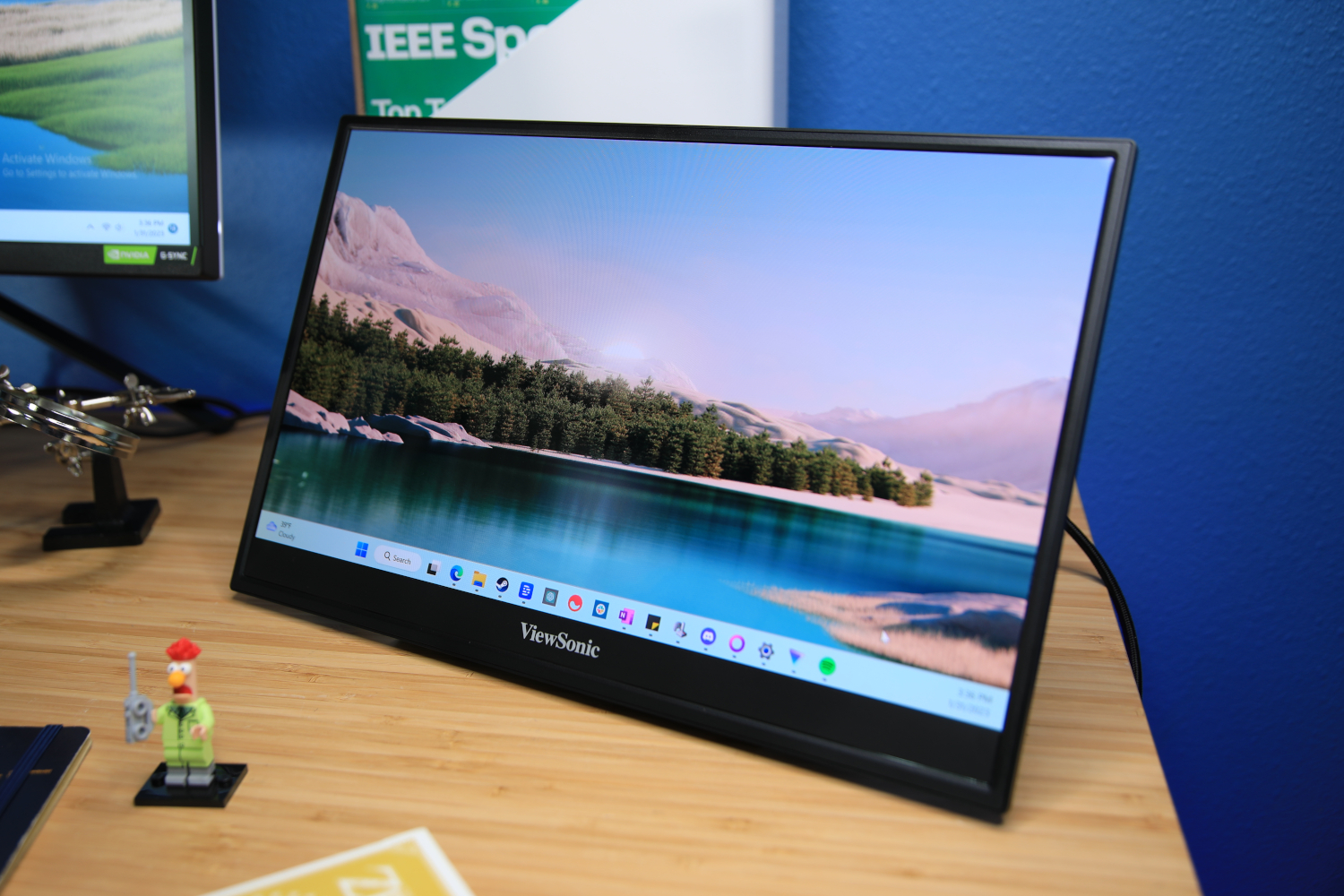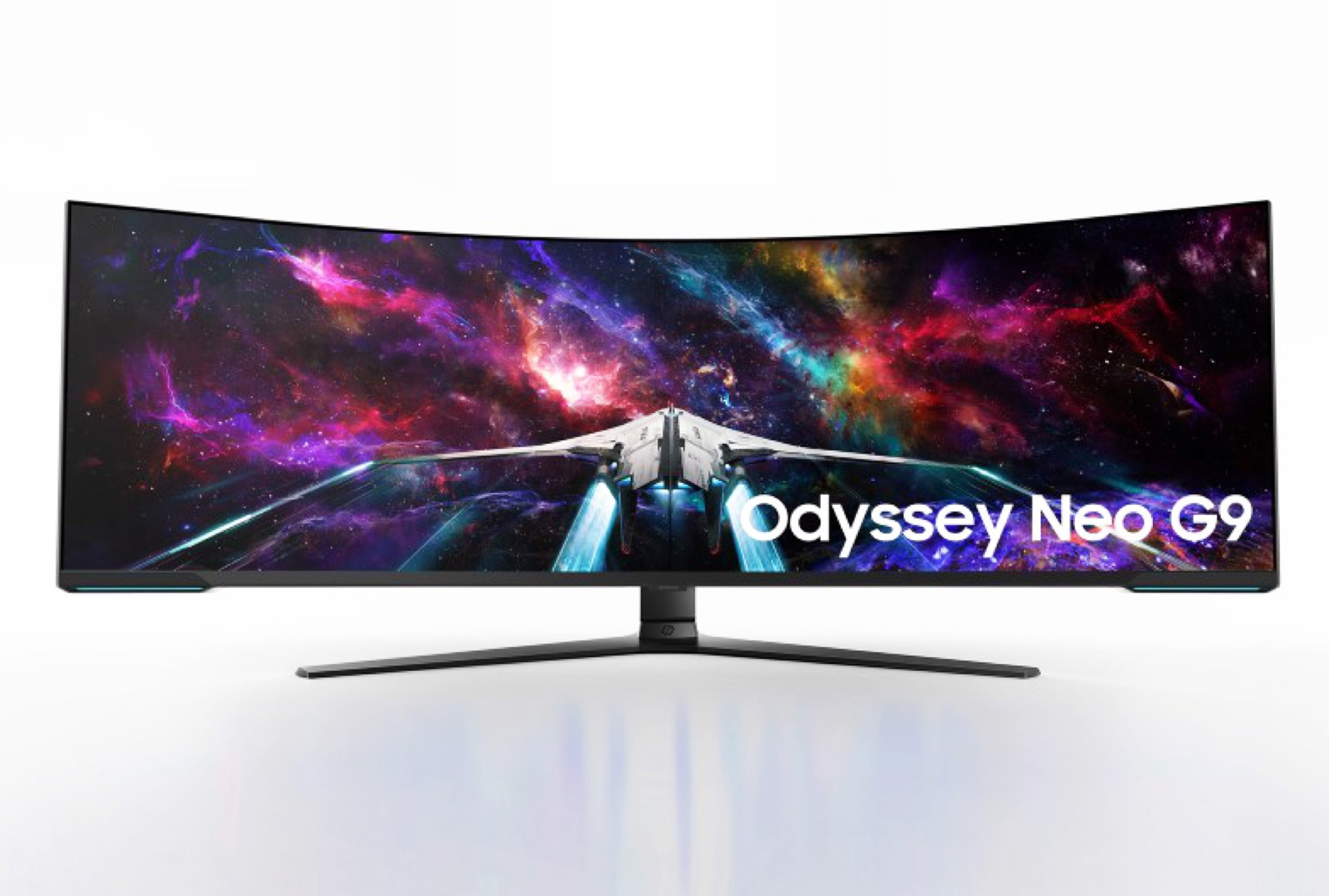With the rise of remote working and increased screen time, setting up your monitor for optimal viewing has never been more important. Monitors with built-in rotation features allow users to adjust their display orientation, enhancing comfort and productivity. This article will guide you through the process of setting up your monitor for optimal viewing by exploring various aspects such as ergonomic positioning, the benefits of rotation, and practical steps for implementation.
The Importance of Proper Monitor Setup
Many users underestimate the impact of monitor setup on their work efficiency and overall health. A poorly positioned monitor can lead to a host of issues, including eye strain, neck pain, and decreased productivity. According to the American Optometric Association, about 50% of computer users experience symptoms of digital eye strain, which can be alleviated through proper ergonomics.
Understanding Monitor Rotation Features

Monitors with built-in rotation capabilities can pivot between landscape and portrait modes. This feature is particularly beneficial for tasks such as:
- Reading long documents or articles
- Editing code or programming
- Working with spreadsheets
- Designing graphics and layouts
By switching between orientations, users can enhance their workflow and reduce the need for excessive scrolling. For instance, a portrait mode is ideal for reading long documents, as it accommodates more text on the screen without the need for continuous page flipping.
Steps to Set Up Your Monitor for Optimal Viewing

Here’s a step-by-step guide on how to set up your monitor with built-in rotation for the best viewing experience:
1. Choose the Right Monitor
The first step is selecting a monitor that supports rotation. Look for the following features:
- Adjustable height
- Pivot capability (rotation)
- Good resolution (at least 1080p for clarity)
- Anti-glare screen
Popular models that offer these features include the Dell UltraSharp series, ASUS ProArt monitors, and BenQ PD series.
2. Adjust the Height and Distance
![]()
Once you have your monitor, position it at eye level. The top of the screen should be at or slightly below eye level, and the monitor should be about an arm’s length away from your eyes. Here’s how to achieve this:
- Use an adjustable monitor stand if necessary.
- Consider your chair height to ensure a comfortable viewing angle.
- Maintain a distance of about 20-30 inches from your eyes to the screen.
3. Set Up the Rotation

To utilize your monitor’s rotation feature:
- Locate the monitor’s rotation mechanism (usually near the base).
- Gently pivot the monitor to the desired orientation.
- Secure the monitor in place to prevent it from slipping.
Most monitors will have a 90-degree rotation option, allowing you to switch between landscape and portrait modes easily.
4. Configure Display Settings on Your Computer

After physically adjusting your monitor, you’ll need to configure the display settings on your computer:
- For Windows:
- Right-click on the desktop and select “Display settings.”
- Scroll down to “Orientation” and select either “Landscape” or “Portrait.”
- For macOS:
- Go to “System Preferences” and select “Displays.”
- Choose the “Rotation” option and select your desired orientation.
5. Optimize Brightness and Color Settings

To enhance your viewing experience further, adjust the brightness and color settings:
- Set brightness to a level that matches your ambient lighting.
- Adjust contrast settings for better visibility.
- Consider using blue light filters to reduce eye strain.
Case Study: The Impact of Monitor Orientation on Productivity
A study conducted by the University of Utah found that programmers who used portrait-oriented monitors completed tasks 10-20% faster than those using landscape-oriented monitors. This is because portrait mode allows for more lines of code to be visible at once, reducing the need to scroll.
Another case study by the Nielsen Norman Group highlighted that users reading documents found it easier to read long-form content in portrait mode, as it mimicked the layout of printed pages. This simple change resulted in a significant improvement in user satisfaction and engagement.
Health Benefits of Proper Monitor Setup
Setting up your monitor correctly not only enhances productivity but also offers health benefits:
- Reduced Eye Strain: The right distance and angle can minimize glare and reduce digital eye strain.
- Improved Posture: A well-positioned monitor encourages better posture, reducing the risk of neck and back pain.
- Increased Comfort: Adjusting the monitor height and rotation can lead to a more comfortable working environment.
According to the Occupational Safety and Health Administration (OSHA), proper ergonomics can reduce work-related injuries by as much as 50%.
Setting up your monitor with built-in rotation for optimal viewing is more than just a matter of aesthetics; it is a crucial factor in enhancing productivity, comfort, and overall health. By selecting the right monitor, adjusting its height and distance, configuring display settings, and optimizing brightness, you can create a workspace that promotes efficiency and well-being. Studies have shown that proper monitor orientation can lead to significant improvements in task completion and user satisfaction, making it a worthwhile investment for anyone who spends considerable time in front of a screen. Remember, a well-set-up monitor is not just a luxury; it’s a necessity for anyone committed to achieving their best work.